Pecorino Crotonese
HISTORY
The dairy technique is really ancient. Behind the making of this cheese there are traditions that have remained the same for thousands of years. Shepherds who scrutinizing the stars to orient themselves during transhumance, left the icy and snowy areas of Sila to reach the more temperate ones of the Ionian coast. Fairs and festivals, of great importance to the population, where animals were sold and exchanged and the rewards of the fresh dairy products were made, to face a life that had a strongly rural connotation. After years and for centuries Pecorino Crotonese became an increasingly valuable food and was eaten by nobles, ecclesiastics landowners and local bureaucrats. Then the cheese began to be exported to Naples, and this says a lot about the goodness of this cheese. Exports that increased considerably during the Austrian Viceroyalty in 1700 and that attested to the fame of Pecorino Crotonese that started to be imitated far and wide.
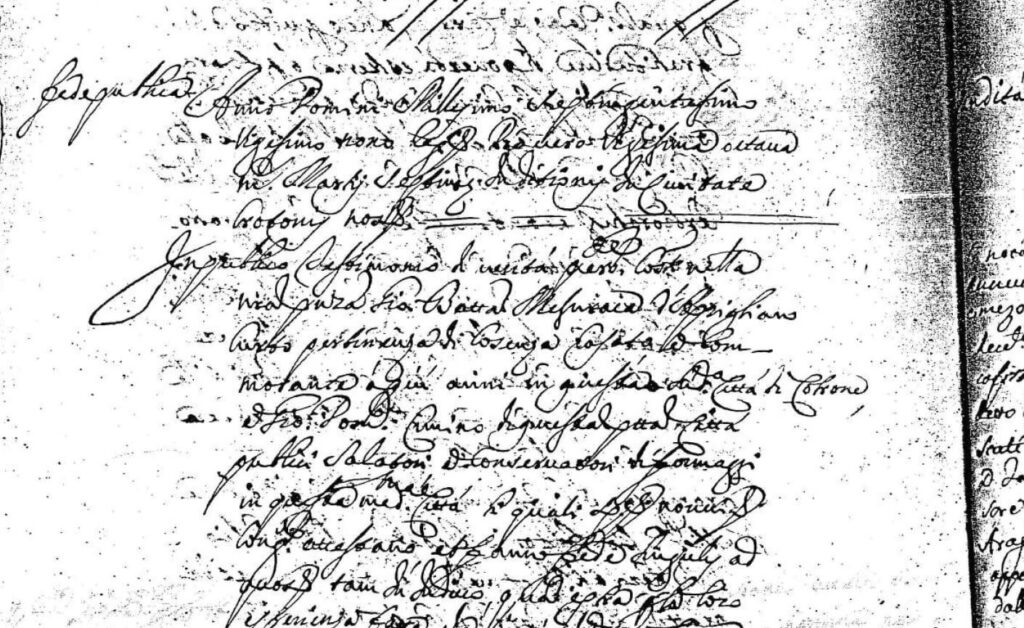
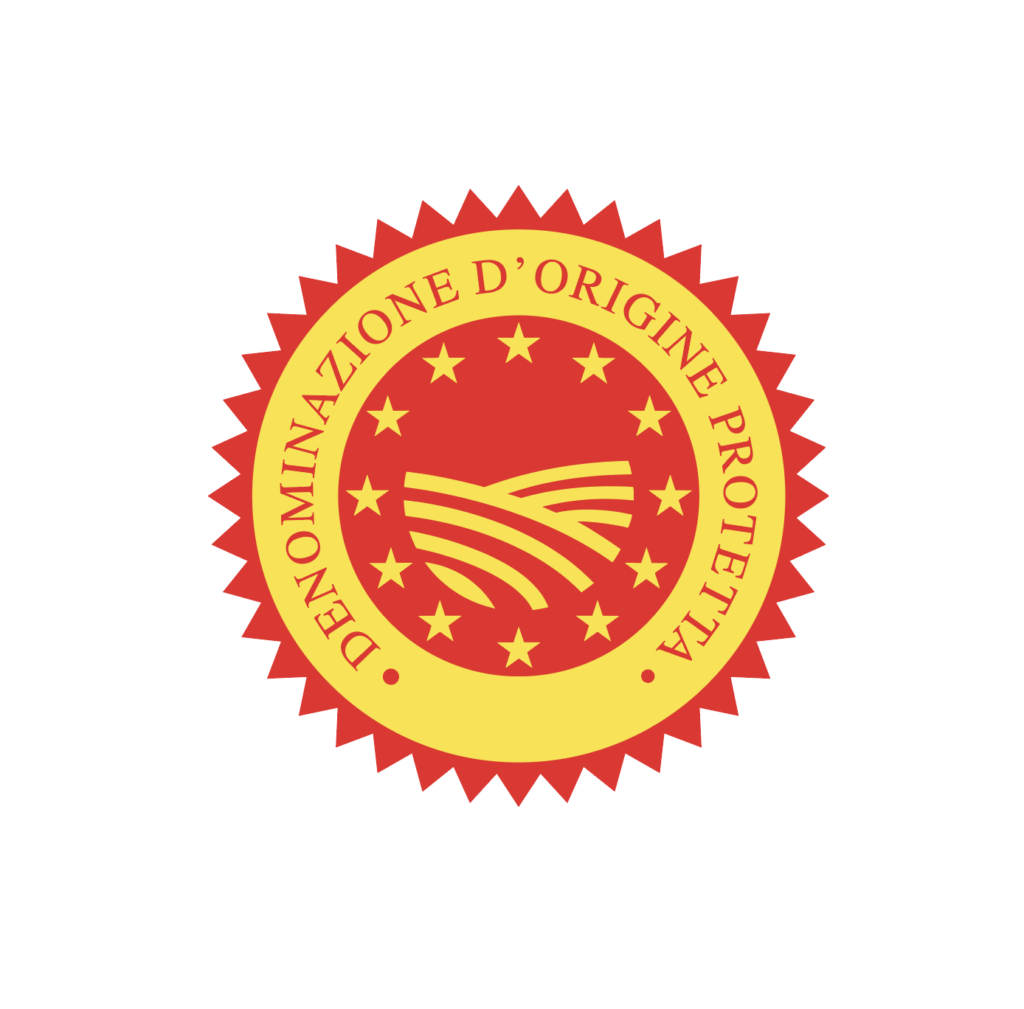
PDO
The Maturation
Pecorino Crotonese Seasoned... with a hard brown crust, can be capped with oil or olive sludge. It has an intense and decisive taste, with a very light spicy aftertaste. The paste is slightly straw yellow in color and has rare eyes.
Pecorino Crotonese Semi-Hard ... has a slightly brown colored thick crust, an intense and harmonious taste and the Semi-Hard paste is compact with rare eyes.
Pecorino Crotonese Fresco… ... has a white or slightly straw colored thin crust with a strong, soft and pleasantly acidic taste. The typical marks of the basket are evident. The creamy milky white paste is tender, uniform and has rare eyes.
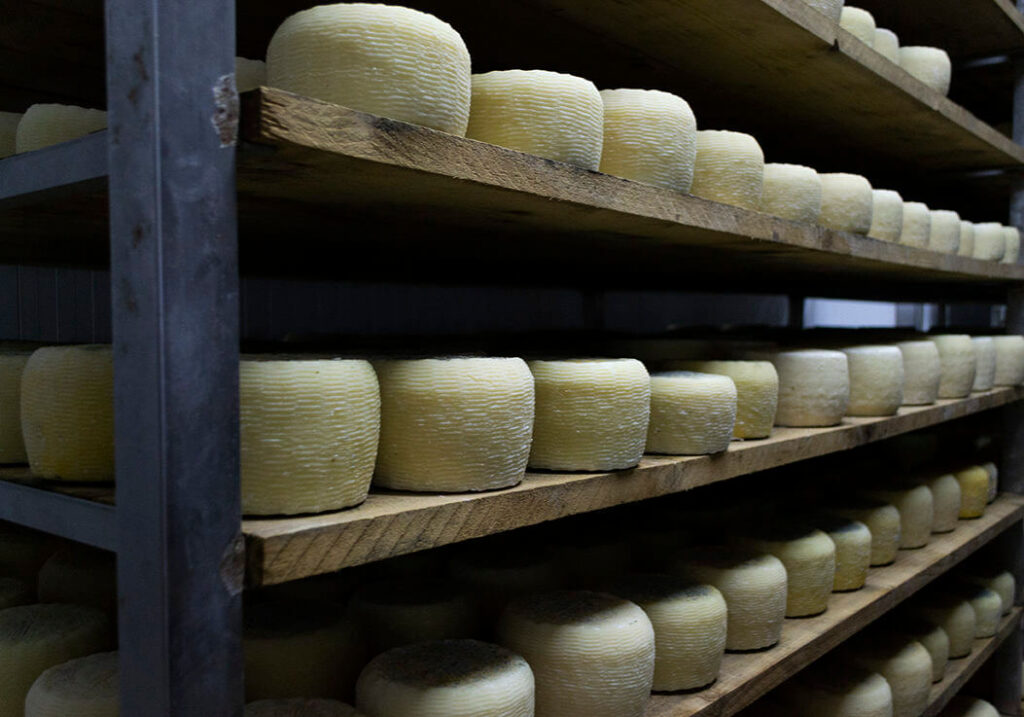
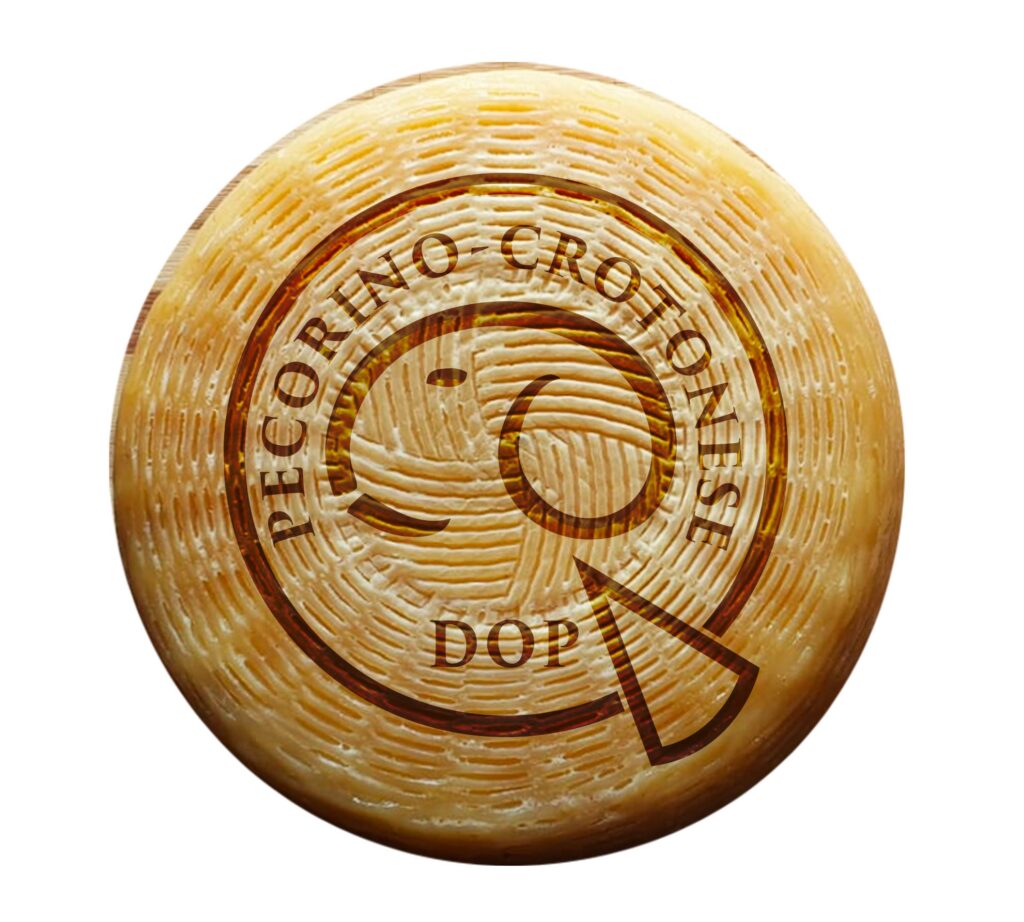
How to recognize it
The LOGO
To buy an authentic Pecorino Crotonese you must pay attention to it's label, which must show that the Pecorino Crotonese is registered with the PDO acronym(protected designation of origin) or with the equivalent European PDO symbol coloured red and yellow. The logotype brings to mind Crotone using the harmonic lines of the letter 'C' and at the same time using the figure of a sheep's head.
The SHAPE
The surface marks of the basket mould is a characteristic of Pecorino Crotonese.
Dimensions and Weight
The dimensions vary according to the weight of the cheese. For a weight between 0.5kg to 5kg, the side height measures between 6 to 15 cm, the diameter of the faces from 10 to 20cm. For cheeses aged for more than six months ,the Wheel can reach a weight of 10 kg.
Production
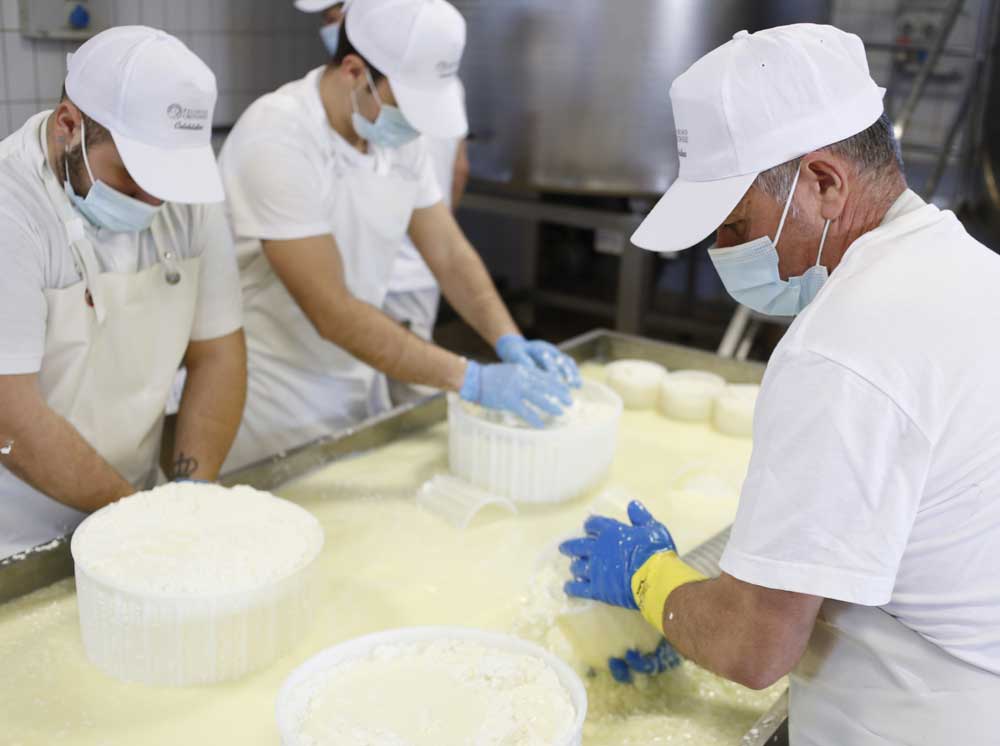
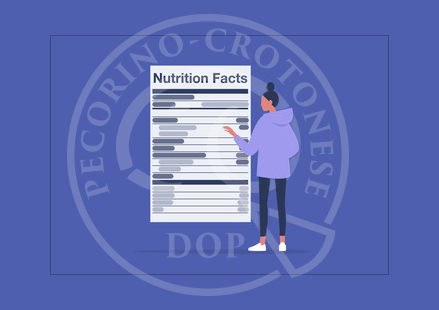
Nutritional Values
Nutritional Values


